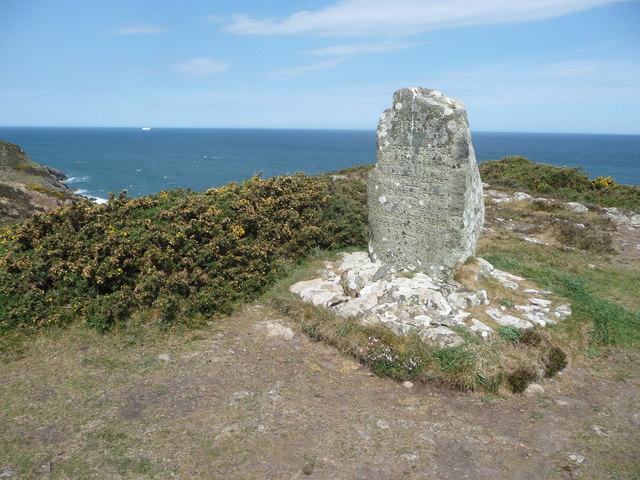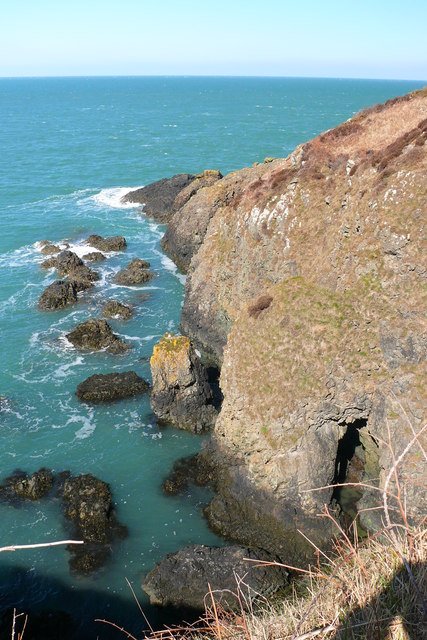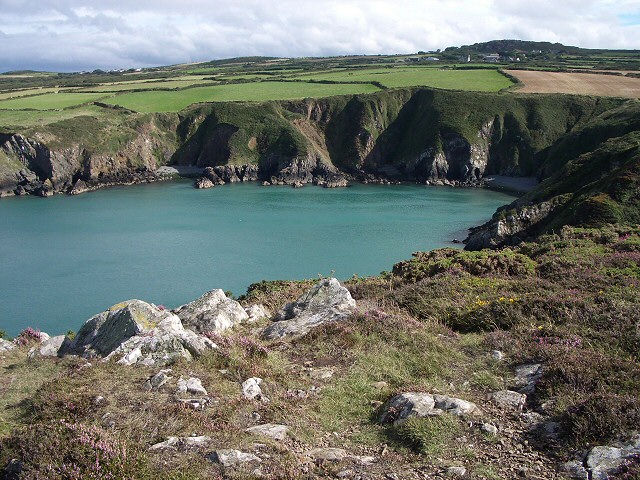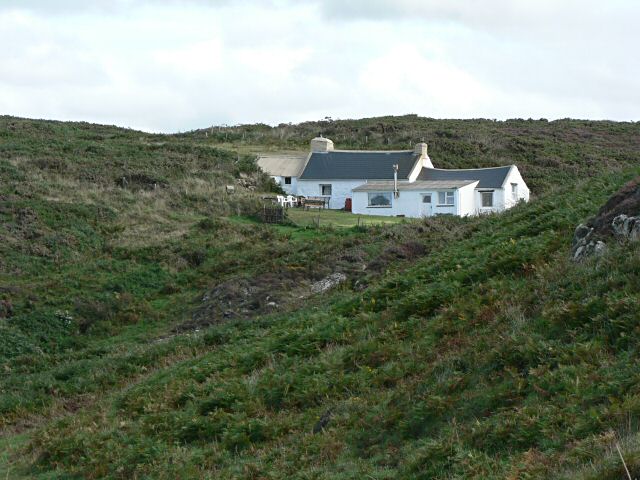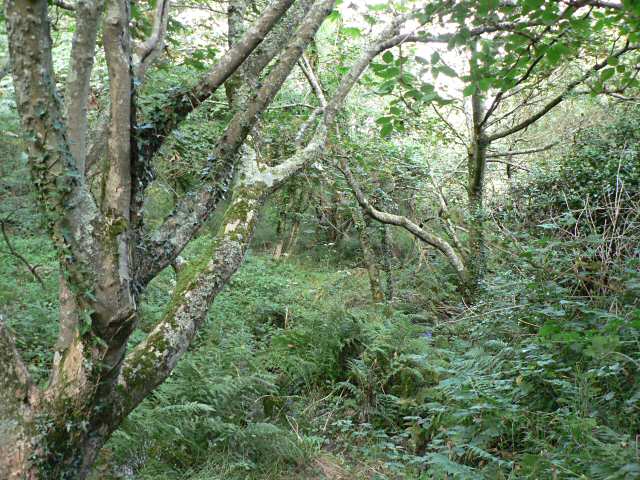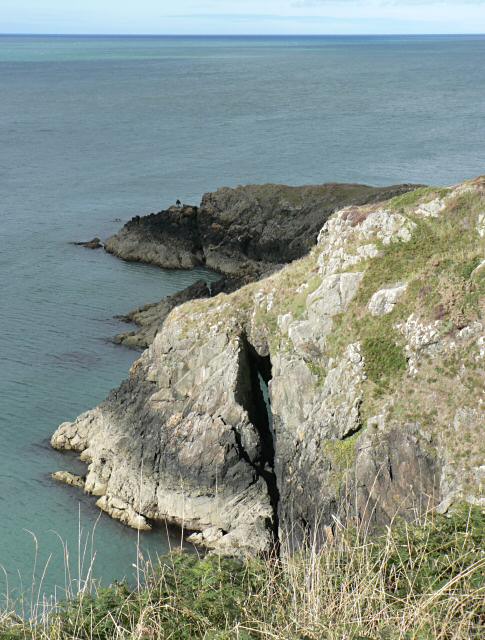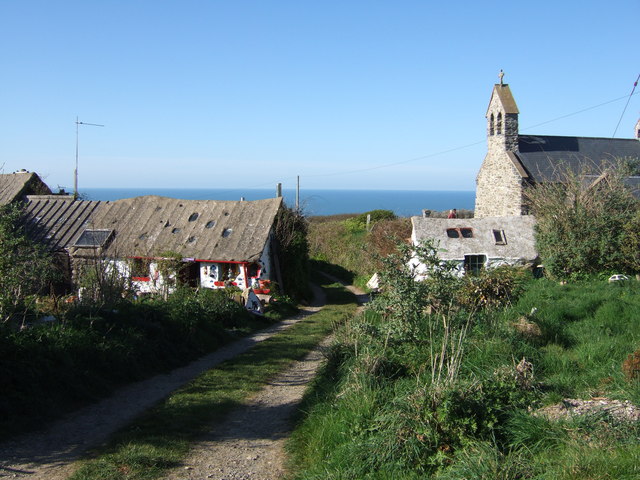Castell, Y
Settlement in Pembrokeshire
Wales
Castell, Y
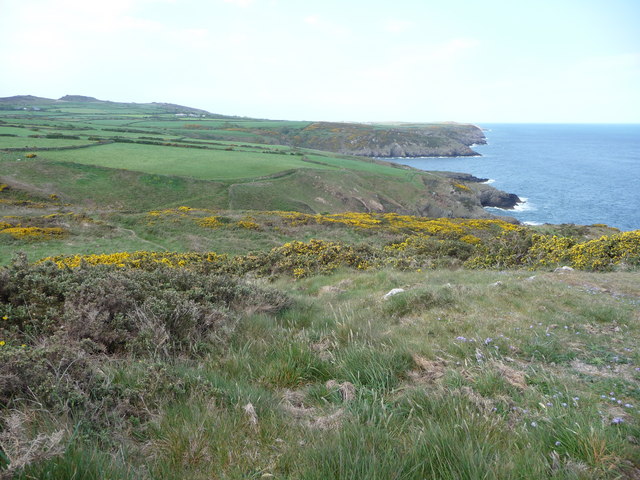
Castell, Y is a small coastal village located in the county of Pembrokeshire, Wales. Situated on the western side of the country, it is known for its picturesque setting and historical significance. The village is nestled near the mouth of the River Gwaun and is surrounded by lush green hills and stunning countryside.
One of the main attractions of Castell, Y is its namesake, the Y Castell ruins. These medieval castle remains date back to the 12th century and offer visitors a glimpse into Wales' rich history. The castle was once a stronghold of the Norman invaders and played a pivotal role in the region's defense. Today, visitors can explore the ruins and admire the impressive stone walls that still stand.
Aside from its historical significance, Castell, Y also offers visitors stunning natural beauty. The village is located close to the Pembrokeshire Coast National Park, a designated Area of Outstanding Natural Beauty. Visitors can enjoy scenic walks along the coastal path, taking in breathtaking views of the rugged coastline, sandy beaches, and clear blue waters.
The village itself is small but charming, with traditional Welsh cottages and a friendly community atmosphere. There are a few local shops and pubs where visitors can sample traditional Welsh cuisine and experience the warm hospitality of the locals.
Overall, Castell, Y is a hidden gem in Pembrokeshire, offering a perfect blend of history, natural beauty, and Welsh charm.
If you have any feedback on the listing, please let us know in the comments section below.
Castell, Y Images
Images are sourced within 2km of 52.010351/-5.0322004 or Grid Reference SM9239. Thanks to Geograph Open Source API. All images are credited.

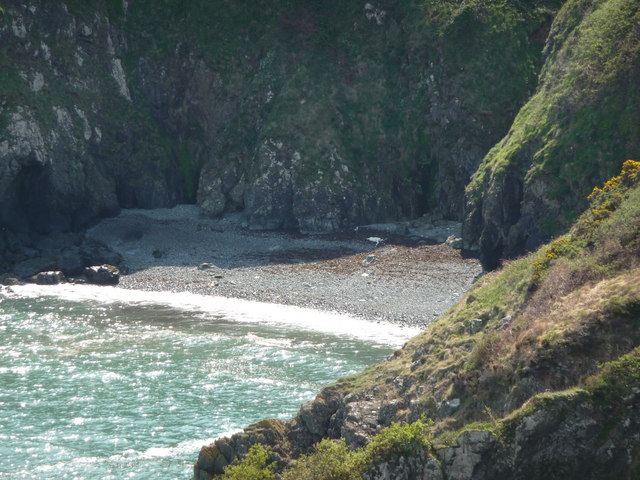
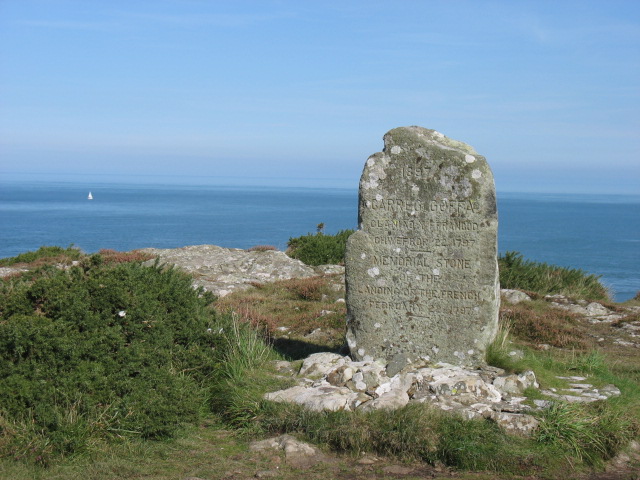
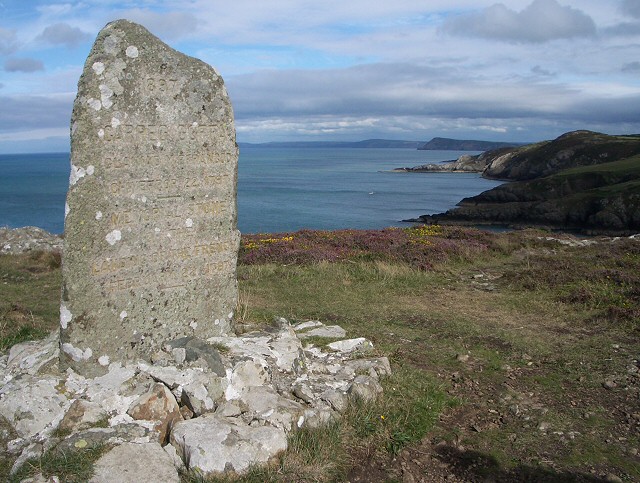



Castell, Y is located at Grid Ref: SM9239 (Lat: 52.010351, Lng: -5.0322004)
Unitary Authority: Pembrokeshire
Police Authority: Dyfed Powys
Also known as: Castell
What 3 Words
///wired.fuse.coast. Near Goodwick, Pembrokeshire
Nearby Locations
Related Wikis
Llanwnda, Pembrokeshire
Llanwnda is a rural village and parish to the north of the Welsh county of Pembrokeshire and part of the community of Pencaer. It lies some two miles northwest...
Pencaer
Pencaer is a community which covers an area of dispersed settlement in Pembrokeshire, Wales, on the peninsula of Pen Caer and comprises the village of...
Fishguard and Goodwick railway station
Fishguard and Goodwick railway station is a railway station sited 1 mile from Fishguard in the neighbouring town of Goodwick, Pembrokeshire, Wales. It...
Strumble Head - Llechdafad Cliffs
Strumble Head - Llechdafad Cliffs is a Site of Special Scientific Interest (SSSI) in Pembrokeshire, South Wales. It has been designated as a SSSI since...
Nearby Amenities
Located within 500m of 52.010351,-5.0322004Have you been to Castell, Y?
Leave your review of Castell, Y below (or comments, questions and feedback).
